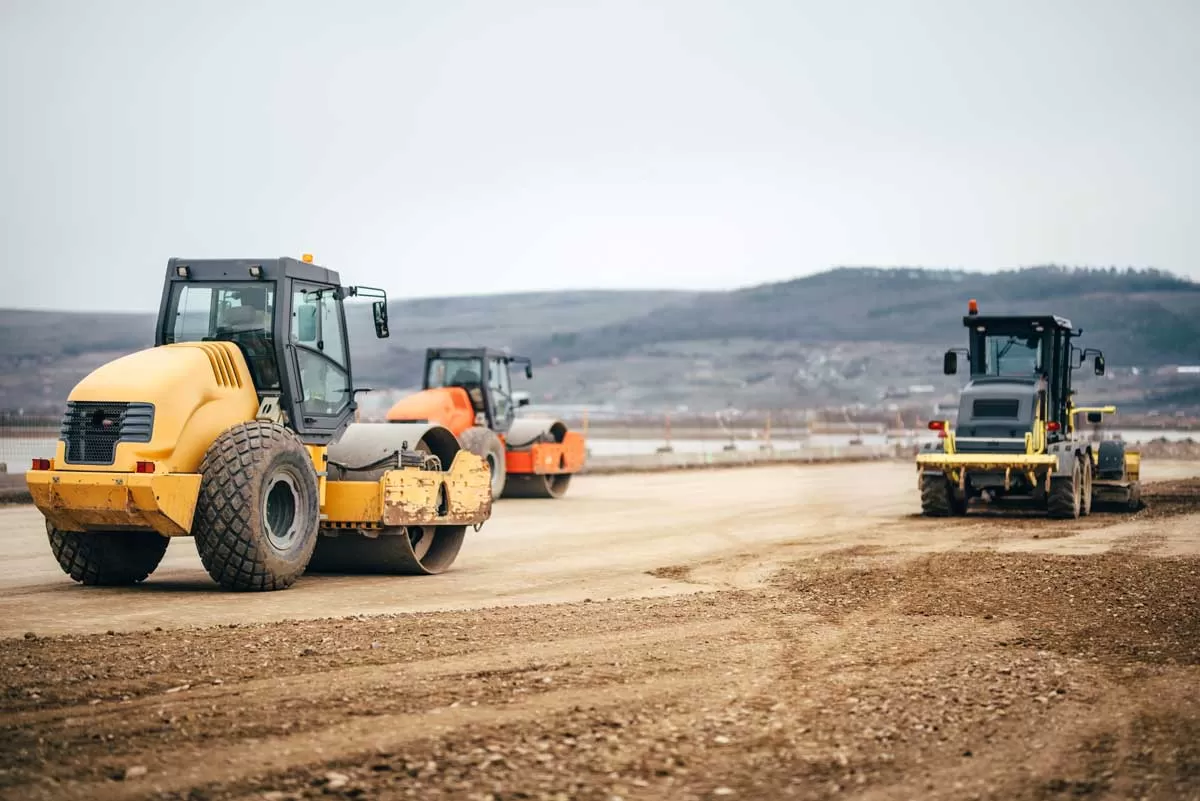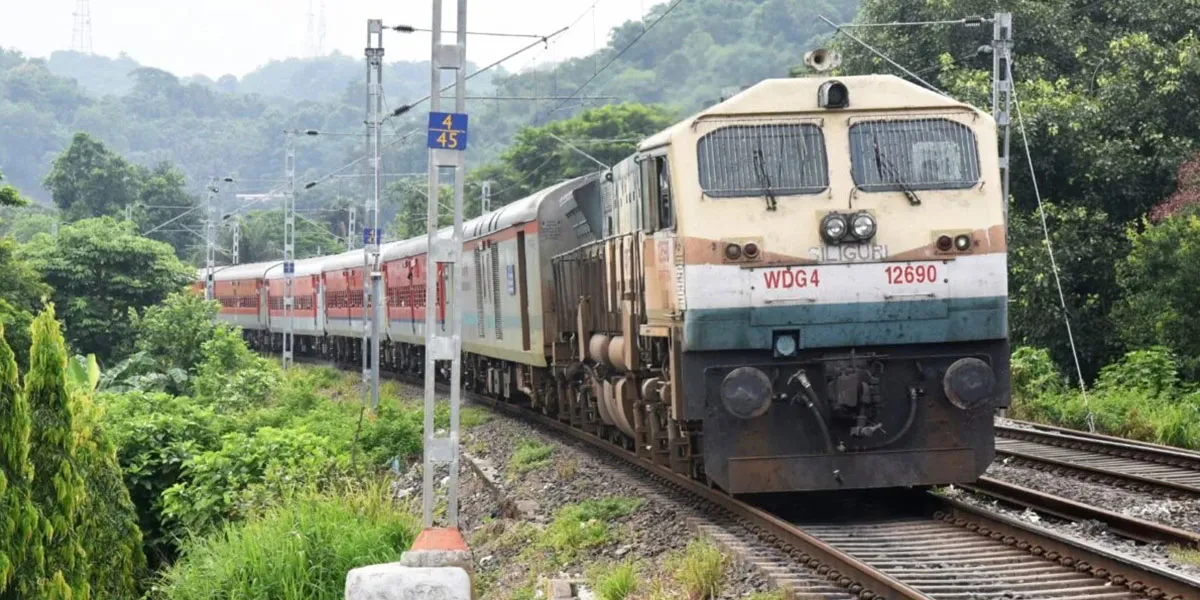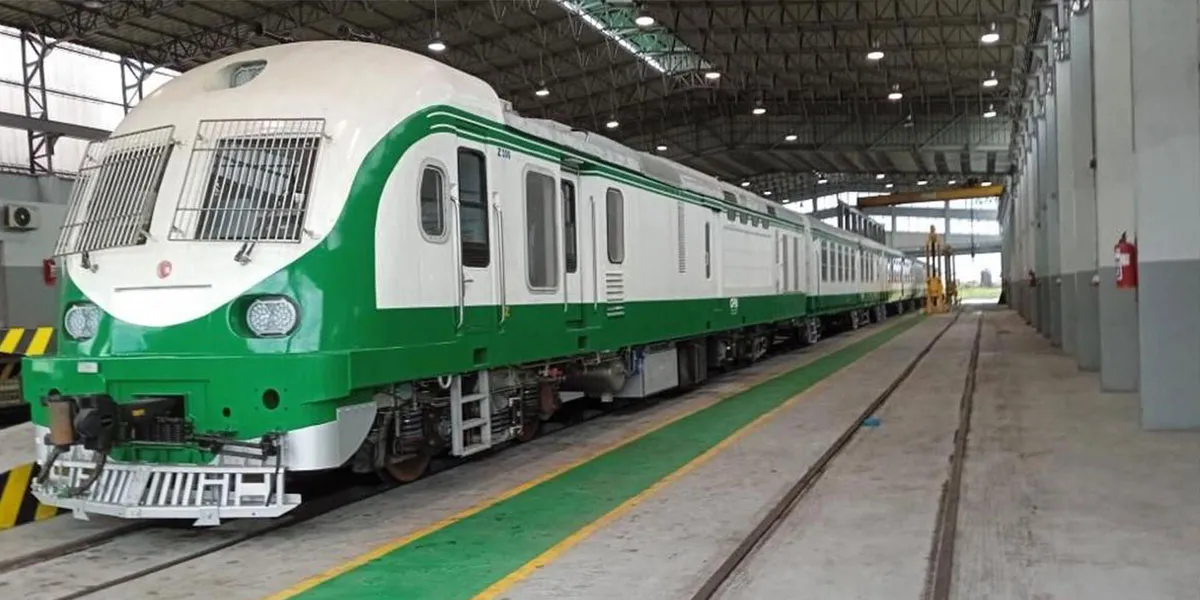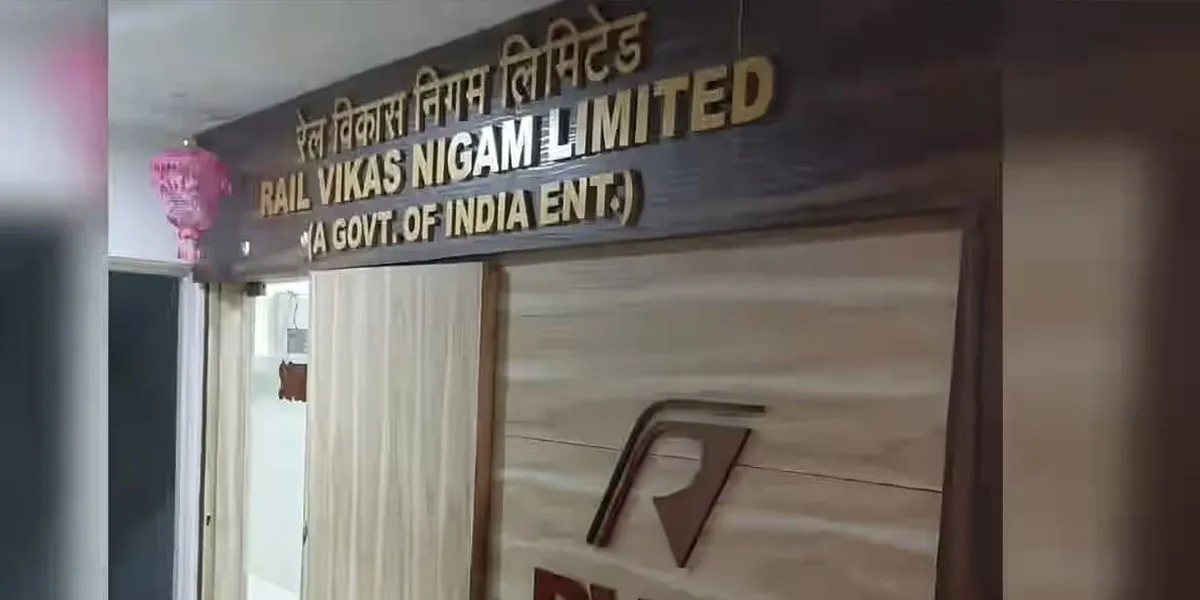A CareEdge Ratings forecast cites execution challenges as being a limiting factor in the daily construction of roads in the ongoing fiscal year. Consequently, CareEdge Ratings expects only 31 km to be constructed per day in 2024 as against 34 km per day in 2023. This puts the focus on best practices and technologies to keep up the construction momentum, to pave faster without compromising the outcome.
Pave faster and better
Conducting mock-ups can help synchronise material, machinery, method and crew before the job, recommends Shrinath Rao, Senior Vice President & Head, Transportation Infrastructure, L&T Construction.
On the same lines, Atasi Das, Assistant Vice President, GR Infraprojects, suggests preplanning the next day’s material requirement to eliminate lags between the different site teams such as the QA-QC team, highway team, planning team, mechanical team and store department.
Study weather conditions (rain, temperature, wind speed, humidity) on the previous day, cautions Das, as these have a huge impact on the paving operation and the final laid pavement quality concrete. This task may mandate the use of mobile concrete vans equipped with a weather station and other rapid concrete testing equipment for checking concrete quality.
At GR Infra, a lab supervisor under the leadership of a QA-QC manager has developed an innovative and ingenious low-cost Mobile Construction Quality Monitoring Van, which provides real-time readings of the wind direction, wind velocity, humidity, temperature, etc.
“By monitoring air speeds and deploying wind barriers wherever required, rapid evaporation and shrinkage cracks are avoided,” notes Rao.
Das advocates the use of state-of-the-art slipform pavers equipped with automatic texturing and curing, capable of paving up to 16 m width in one go. Also, he advises eliminating stoppages during the entire operation to avoid unnecessary joint formations.
Continuous operations “require the speed of the paver to precisely align with the incoming material,” continues Das. “Joints may be sealed using chemical sealants (joint width 8-10 mm) as well as compression seals, which require the initial joint to only be cut (3-4 mm wide) and not widened. Widening joints drastically impacts the roughness of rigid pavements. At GR Infra, we have adopted the time precision method to determine the dormancy period for the initial saw-cutting of joints in pavement quality concrete. Rich diamond blades help achieve a smooth vertical cut.”
“We use concrete batching and mixing plants with capacities 25 per cent greater than planned production to ensure completion within eight to nine hours, chilling plants and insulated storage tanks to maintain the water temperature below 6°C,” shares Rao. “Flatbed tippers prevent slurry leakages that help to maintain a paving speed of over 1 metre per minute; wheel loaders feed the batching plant to achieve continuous production; and we use concrete saw blades for the initial and final cuts and fog sprayers to help keep the surrounding atmosphere cooler. Our ‘paving train’ comprises a concrete distributor, vibrators, a levelling screed, oscillating beam, mechanised float, texturing machine and curing compound sprayer.”
Intelligent compacting
Much has been said about intelligent compactors that show the percentage of compaction, “essentially, by incorporating a non-nuclear density gauge”, explains Arppan B Ghosh, President - Engineering, Cube Highways Technologies. Intelligent compaction helps ensure that extra time and fuel is not wasted in over-compaction.
However, for the wider use of intelligent compaction technology, “we need the Government to specify its use and issue guidelines for its use,” says Ghosh. “So far, intelligent compaction technology is only being deployed for isolated projects. For example, in projects having stone matrix asphalt as the wearing course where over-compaction might crush the aggregate.”
“Intelligent compaction costs barely 3-6 per cent more, irrespective of whether the sensors are in an add-on device or in the machine itself,” says Professor Nikhil Saboo, Assistant Professor, Department of Civil Engineering, IIT Roorkee, and a member of the Transportation Research Group of India. “But its manifold advantages justify its specification in projects. For instance, compacting a subgrade layer usually requires careful monitoring of its density and moisture but with an intelligent compactor, the sensors can deliver information that would be collected through man-machine interaction in an ordinary compactor.”
An alternative to intelligent compactors, according to Ghosh, is to use a handheld or add-on machine control from MOBA. “Its MCA-500 measures and tracks parameters such as amplitude, vibration frequency and compaction end in real time. MOBA has a temperature sensing device that connects to the back end of the paver and can scan the mat being laid for cold spots, thus helping to identify weak spots,” he explains. “Or, a handheld infra camera can take spot photographs sporadically, which is what we use. However, attaching a sensor to the paver provides continuous readings and images.”
Industry wishlist
Ghosh notes that improved paving and compaction technologies help improve the quality of road surfaces – but these come at a cost.
As an example, he cites material transfer vehicles such as one from Wirtgen that is available in India, which helps to prevent thermal segregation and, in turn, weak spots and premature pavement failure. “A material transfer vehicle also allows continuous paving by slowly transferring hot-mix asphalt from the haul truck to the paver without stopping,” says Ghosh. “Usually, a truck-carrying material is brought to the back side of the paver, and the paver pushes the material in multiple stop-and-go cycles during transfer of the hot-mix asphalt to the hopper, leading to undulations and inconsistent pavement surface.”
Satyanarayan Purohit, Vice President, Dilip Buildcon, refers to technologies that are decidedly efficient but are yet to be specified by the Government in road contracts or concession agreements.
“Cold-mix technology with emulsion minimises the carbon emissions associated with paving and is now being used in India. We’ve used it for projects in Maharashtra on a case-by-case basis,” he observes. “Warm-mix technology is also being implemented; this allows a mix to be compacted at a lower temperature than the normally required 160°C. Both cold and warm-mix technologies consume less energy.”
“Combining energy-efficient methods with a high-capacity roller and thin layers with emulsion makes for precise and efficient paving,” continues Purohit. “Also, micro-surfacing, which is cold-paving technology associated with lower carbon emissions, has been used in India. We’ve used micro-surfacing in Jharkhand, Madhya Pradesh and Haryana if an internal assessment showed it would be useful.”
“We’re using stone mastic asphalt, which delivers a rougher surface than the smoother bituminous concrete,” says Saboo. “Stone mastic asphalt has a higher content of bitumen, which delivers more flexibility, better moisture resistance, and creates a highly rut-resistant skeletal structure.”
Stone mastic asphalt is being used for the Delhi-Katra Expressway and the Delhi Vadodara Expressway, but it has much more potential to improve the longevity of wearing courses, especially high-traffic expressways, he says. “As per the latest specification, stone mastic asphalt uses polymer-modified bitumen, not the ordinary viscosity-grade bitumen, so it is more expensive. But as we move towards implementing the perpetual pavement concept, stone mastic asphalt will hopefully be specified for more projects. Gradually, more construction companies will learn the quality control skills to implement this technology, such as precise temperature control and the appropriate compaction pattern.”
Advanced technologies will be prioritised when quality and efficiency are prioritised, concludes Ghosh.
- Charu Bahri




















